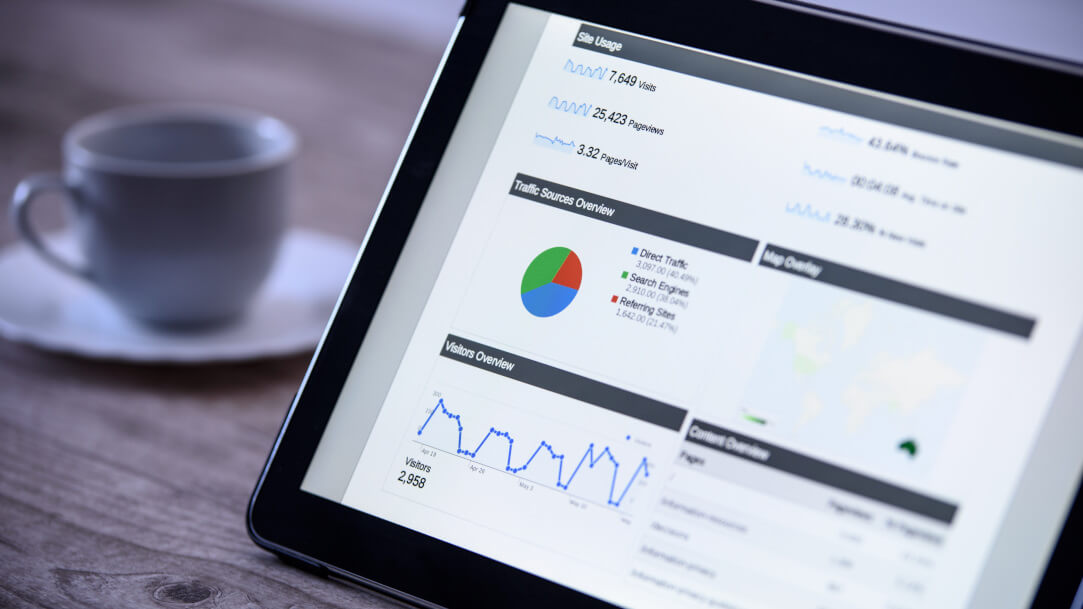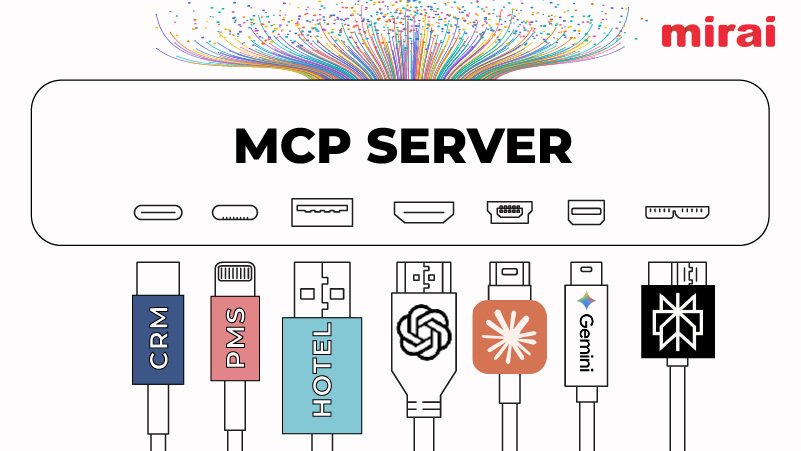
Peak seasons present both lucrative opportunities and significant challenges in the hospitality industry. Periods of high demand – driven by holidays, festivals, or local events – can strain resources, impact guest satisfaction, and complicate revenue and maintenance management.
NB: This is an article from Snapfix
Subscribe to our weekly newsletter and stay up to date
To navigate these complexities, hotels are increasingly turning to data analytics. By utilizing the power of data, hotels can anticipate demand surges, optimize maintenance operations and enhance the guest experience.
Understanding Peak Season Dynamics
Peak seasons vary based on location, climate, and cultural events. For instance, beach resorts may experience surges during summer months, while urban hotels might see increased bookings during major conferences or festivals. Recognizing these patterns is crucial for proactive planning – across staffing, inventory, and property maintenance.
Leveraging Data Analytics for Peak Season Management
1. Predictive Demand Forecasting
Predictive analytics utilizes historical data, market trends, and external factors to forecast future demand. By analyzing booking patterns, guest behavior, and local events, hotels can anticipate occupancy rates and adjust strategies accordingly.
Benefits:
- Optimized Staffing: Align workforce schedules with anticipated demand to ensure efficient service delivery.
- Inventory Management: Adjust inventory levels and maintenance cycles to meet expected occupancy, reducing wear and reactive fixes.
- Revenue Maximization: Implement dynamic pricing strategies to capitalize on high-demand periods.
2. Dynamic Pricing Strategies
Dynamic pricing involves adjusting room rates in real time based on demand, competition, and market data. Data analytics supports the development of responsive pricing models that reflect current trends, optimizing revenue.
Implementation Steps:
- Data Collection: Track booking lead times, competitor rates, and local events.
- Algorithm Development: Build pricing models that factor in both occupancy and operational costs (including maintenance readiness).
- Continuous Monitoring: Use dashboards to monitor rate effectiveness and adjust in real time.
3. Guest Segmentation and Personalization
Understanding the diverse needs and preferences of guests enables hotels to offer tailored services. Data analytics supports robust segmentation and enhances guest satisfaction.
Segmentation Criteria:
- • Demographics: Age, nationality, travel purpose.
- • Booking Behavior: Frequency, channels, lead times.
- • Preferences: Room type, amenities, services used.
Personalization Strategies:
- • Targeted Marketing: Reach different guest groups with seasonal offers.
- • Customized Offers: Align promotions with past behaviors.
- • Enhanced Services: Prepare maintenance and amenities based on segment trends
4. Operational Efficiency Through Data Insights
In 2025, hotels are increasingly leveraging IoT-enabled predictive analytics to streamline maintenance operations. By integrating smart building solutions, properties can anticipate equipment failures before they occur, reducing downtime and enhancing guest satisfaction. This proactive approach not only improves operational efficiency but also contributes to significant cost savings.
Applications:
- • Staff Scheduling: Anticipate peak hours and schedule housekeeping and engineering teams accordingly.
- • Maintenance Forecasting: Use occupancy trends to schedule preventive maintenance before peak dates, avoiding unexpected breakdowns.
- • Issue Resolution: Track common failures during past high-demand periods and plan resources in advance.




